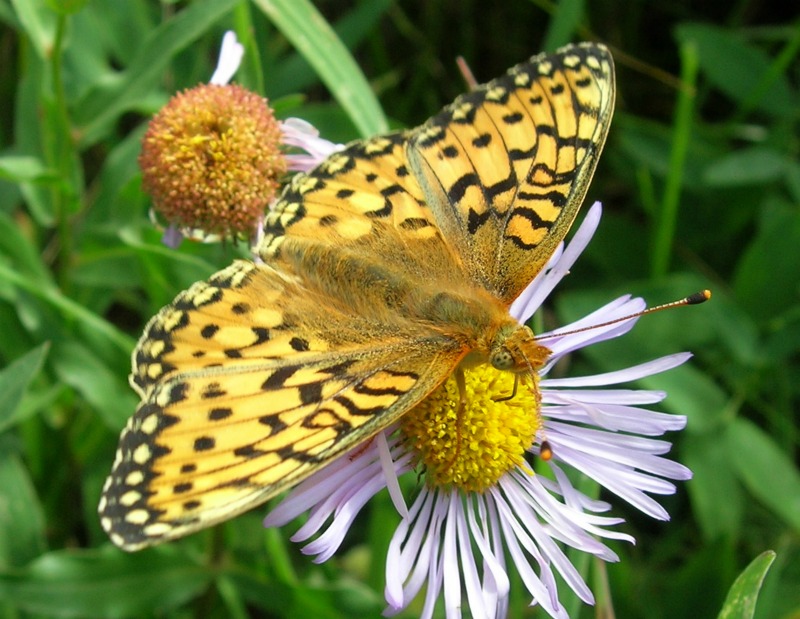
Early Spring Is Bad News for Butterflies

Butterflies in the Rocky Mountains are likely taking a hit from climate change, according to new research.
Lab experiments suggest that Mormon fritillaries, dainty butterflies with gold, orange and brown-flecked wings, are dying off in Colorado's Rockies because earlier snowmelts are killing off the wild flowers they feed on.
Long-term data gathered by the Rocky Mountain Biological Laboratory reveal that snowmelts are occurring earlier in the year, and wildflower and butterfly populations are declining. Now, a group of scientists says they have found a connection among the observed trends.
Early, springlike weather may be pleasant for humans, but the mild temperatures can have serious consequences for other organisms.
The balmy weather can trick plants into thinking spring has actually arrived, so they begin to bud — only to be killed off by subsequent freezing weather. And when the plants die off, butterflies don't have as much access to nectar, their required food source.
And when female butterflies don't eat as much nectar, they don't lay as many eggs, according to laboratory work.
The effect is then compounded by an early spring the following year. Mormon fritillaries lay their eggs on plants in the late summer, and die soon after. The eggs are left to overwinter on plants, and caterpillars hatch when summer returns.
Sign up for the Live Science daily newsletter now
Get the world’s most fascinating discoveries delivered straight to your inbox.
Yet if warm weather debuts too quickly, the caterpillars are vulnerable in the same way as their plant hosts — a sudden freeze can kill them off.
The combined effects of two consecutive early springs explained four-fifths of the observed changes in the butterflies' numbers, according to a paper published online this week in the journal Ecology Letters.
"One climate parameter can have multiple effects on an organism's population growth," Carol Boggs, the study's lead researcher and Stanford University biology professor, said in a statement. "This was previously not recognized for species such as butterflies that live for only one year."
Biologists who study monarch butterflies' incredible migrations have found that extreme weather takes a huge toll on the iconic butterflies. Hot, dry conditions in Texas can have negative effects that reach across several monarch generations.
"Long-term studies such as ours are important to understanding the 'ecology of place,' and the effects of weather and possible climate change on population numbers," said David Inouye, a co-author on the paper and a biologist at the University of Maryland.
Follow OurAmazingPlanet for the latest in Earth science and exploration news on Twitter @OAPlanet and on Facebook.










